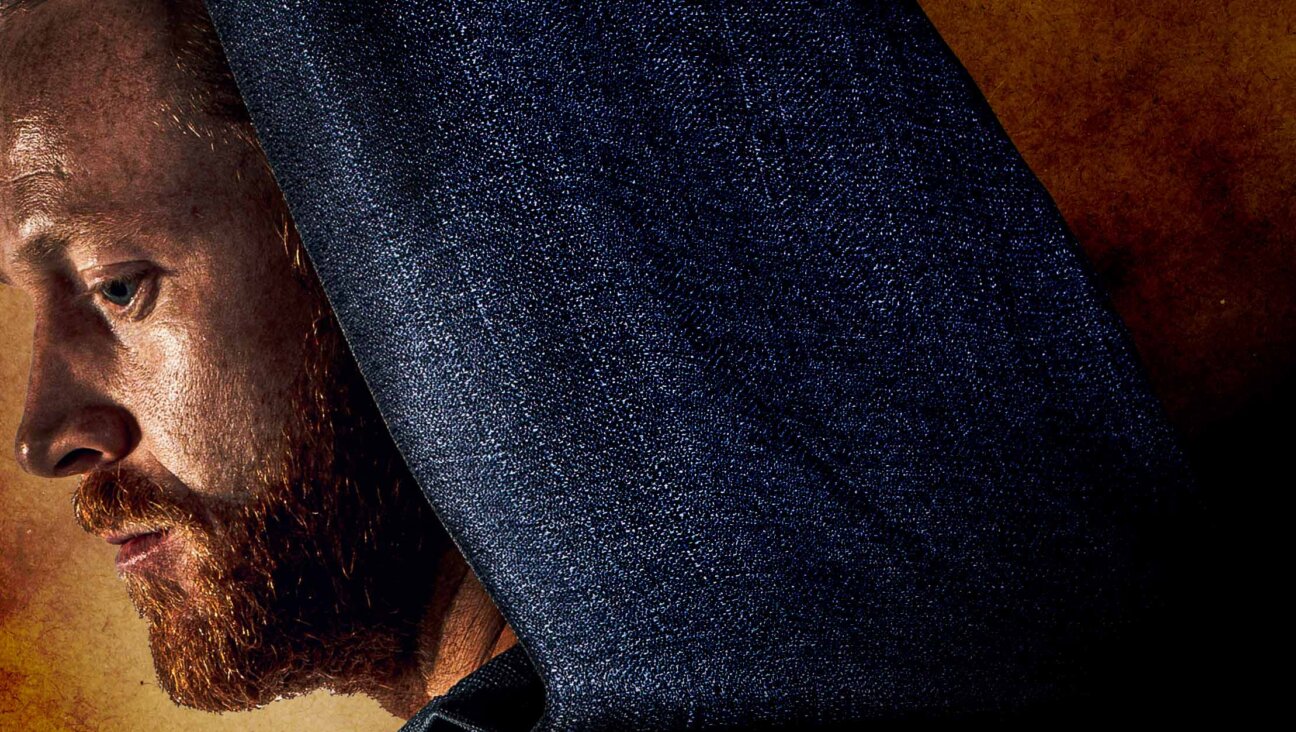Israel Hunts for Hamas Tunnels With Dogs, Robots — and Bulldozer Named ‘Cruella’

Image by getty images
(Reuters) — Israeli Colonel Tomer was literally tipped off to the tunnel snaking under a Palestinian village when the tank-churned earth gave way under the weight of one of his behemoth bulldozers.
Twenty-four hours later, on Wednesday, his forces cleared a greenhouse that had provided cover and dug a 3 meter-deep (10 foot) crater exposing the concrete-reinforced passage wide enough for a man in battle gear to squeeze through.
It would take several days, the officer told Reuters at the scene – the exact location could not be reported under military rules – to map out the half-dozen suspected access shafts to the tunnel, one of which, he said, was concealed by a Palestinian home.
Then explosives would be dropped in and the network destroyed as part of a tunnel-hunt throughout the Gaza Strip’s eastern frontier that Prime Minister Benjamin Netanyahu says will be completed, whether or not Israel reaches a ceasefire with the territory’s dominant Hamas Islamists.
Tomer’s soldiers, a mix of tank crew and army engineers, watched the dark, descending void of the tunnel aperture with assault rifles raised, on guard for any gunmen that might storm out. An electric whizz overhead signaled a Palestinian sniper shot gone wide; Israeli tank machine-guns chattered back.
“We don’t put men in the tunnels. There is too much risk of booby traps,” Tomer, who under military rules can be identified only by his first name, told a Reuters correspondent invited by the army to view his force’s operations.
Instead, he said, the army sends in sniffer dogs and robots that relay back video images through which the layout can be learned.
So guided, an earth-mover digs into the next stretch, where the process is repeated, to continue until the entire 1.5 km (one mile) stretch to the Gaza-Israel border is covered.
Were the troops to track the tunnel in the other direction they would end up 2 km (1.2 miles) deeper in Gaza, in the middle of a bustling neighborhood, Tomer said. But that route, on the other side of the crater, was blocked with sand.
“We don’t want to go there. What concerns us is the stretch headed toward Israel,” he said.
PERSONAL MISSION
The hunt is personal for Tomer, who lost one of his officers and a conscript in a July 19 clash with Hamas gunmen who had tunneled into Israel. The military said one of the infiltrators was killed and the rest of the group escaped back into Gaza.
About 32 tunnels, some as deep as 25 meters (82 feet), and dozens of access shafts have been uncovered since ground forces moved into Gaza following an air and naval barrage launched on July 8, the military said.
Several troops have been wounded by booby-trap bombs at tunnel apertures, and a dog sent down to probe a passage in the southern Gaza Strip never returned.
Israel says the tunnel search is vital to fending off infiltrations in which their southern villages and army bases might be raided by gunmen.
Lieutenant-Colonel Roi, one of Tomer’s battalion commanders, said several armored vehicles – tanks, troop transports, D9 bulldozers and earth-movers, some with code names like “Bella” or “Cruella” – accompany each tunnel hunt, both for the heavy lifting and to provide a wall of steel around the foot-soldiers involved.
Hamas and its Palestinian guerrilla allies regard the tunnels as strategic assets against their militarily superior enemy. Each one of the secret passages cost $500,000 to $2 million to build, with each kilometer (0.6 mile) stretch taking about a year to complete, according to Israeli estimates.
Tomer’s unit, the 188th Armored Brigade, has found two tunnels and several access shafts so far. He said the searches were based initially on rough coordinates given following surveillance of suspected digs and other intelligence.
Realizing the extent of the tunnel warren, and the lethal threat they pose, has set off recriminations in the government and military, which warned about the phenomenon years ago but apparently did not prepare adequate counter-measures.
Yossi Langotsky, a geologist and retired army colonel who formerly advised the Defense Ministry, said his calls to develop a seismic technology to “hear” tunnel digs had been ignored.
A current Defense Ministry official, speaking to Reuters on condition of anonymity, said Israel was close to deploying a tunnel detection technology. But were that to be used on the Israeli side of the border, it would still leave Palestinians free to carry out most of the dig under the frontier. Some Israeli officials have proposed that the military set up a long-term buffer zone inside Gaza.
A message from our CEO & publisher Rachel Fishman Feddersen

I hope you appreciated this article. Before you go, I’d like to ask you to please support the Forward’s award-winning, nonprofit journalism during this critical time.
At a time when other newsrooms are closing or cutting back, the Forward has removed its paywall and invested additional resources to report on the ground from Israel and around the U.S. on the impact of the war, rising antisemitism and polarized discourse.
Readers like you make it all possible. Support our work by becoming a Forward Member and connect with our journalism and your community.
— Rachel Fishman Feddersen, Publisher and CEO























